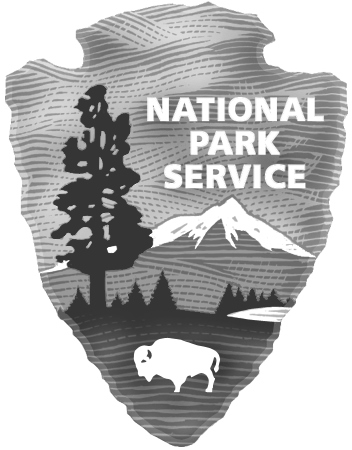In Philadelphia, this antagonism had become so rampant that the Pennsylvania Anti-slavery Society and its sister organization, the Philadelphia Female Anti-slavery Society, found it impossible to find venues that would rent them space for their meetings and conventions. To this end, in 1837, they raised money (with no small effort from the women) and began building their own hall, what would be known as Pennsylvania Hall.
With the deepening involvement of women in the leadership of the movement, the definition and meaning of liberty and equality began to expand, within the movement. This expansion would eventually lead some women, such as Lucretia Mott and Elizabeth Cady Stanton, to move beyond abolition to begin to demand civil and political rights for women. It also led to a splintering of the abolitionist movement along race lines.
During this lesson, students will explore and evaluate the connection between Abolition and Women’s Suffrage. They will analyze the role that the creation and especially destruction of Pennsylvania Hall played in setting the path of women in the Abolition Movement toward demanding their own freedom and Civil Rights.



